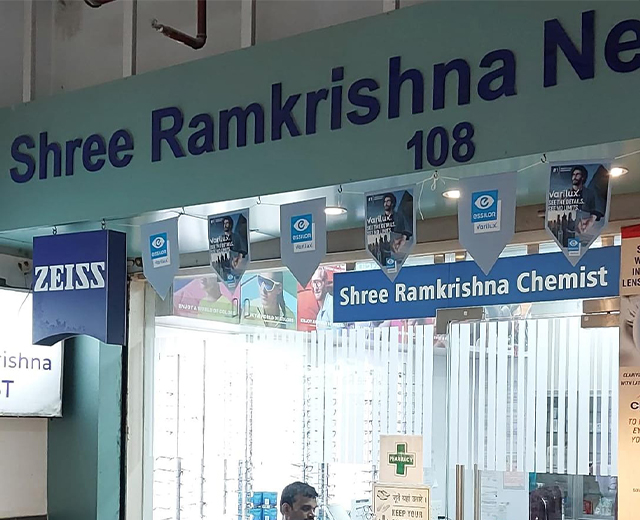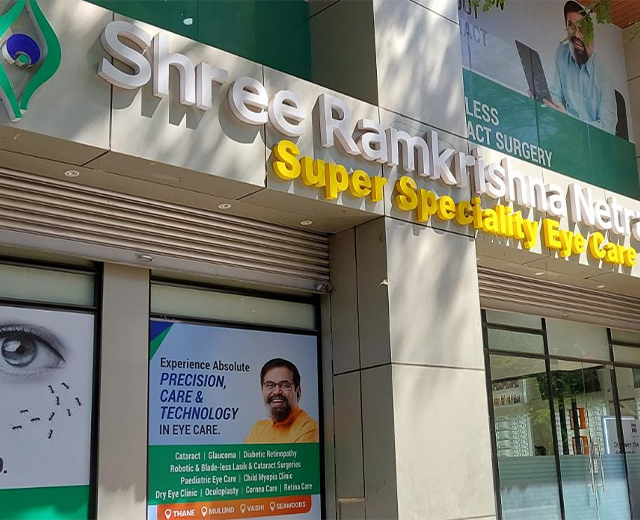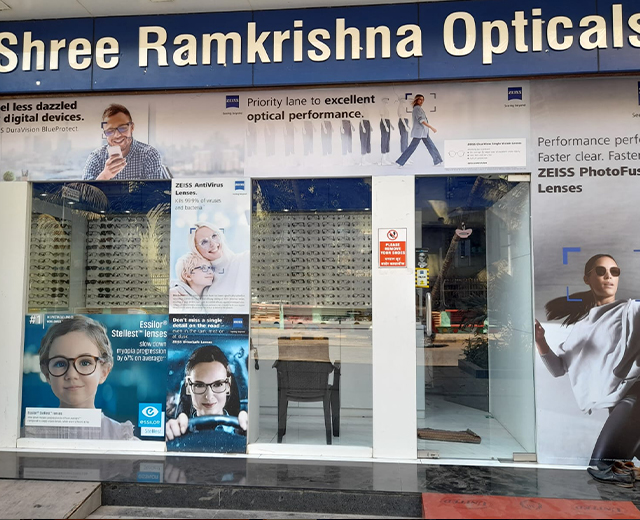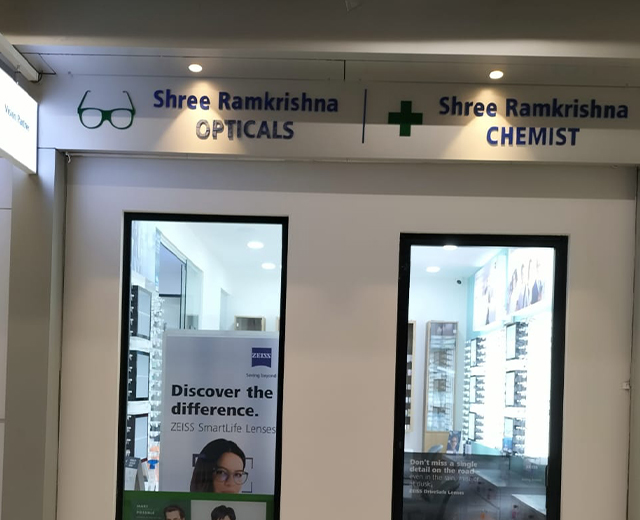Diabetic Retinopathy: Early Signs and Effective Management
Diabetes is one of the deadliest diseases known to mankind. It affects about 1 in 11 people worldwide. As for…

Contact lenses are thin, transparent devices placed on the eye's surface to correct vision or for cosmetic purposes. They come in soft or rigid materials and are used as an alternative to eyeglasses for various vision issues. It's essential to use them responsibly and follow proper hygiene guidelines to prevent eye problems.
Contact lenses have transformed vision correction, offering comfort and convenience to millions. From soft to rigid, and therapeutic to cosmetic, a variety of contact lenses cater to diverse needs. Let's explore the main types:
Soft Contact Lens:
Popular for their comfort, soft lenses are made of flexible, water-containing materials. They correct myopia, hyperopia, and astigmatism. Available in various modalities.
Rigid Gas Permeable (RGP) Lens:
Durable and oxygen-permeable, RGP lenses provide excellent visual acuity. Ideal for complex prescriptions and astigmatism.
Scleral Contact Lens:
Large gas permeable lenses that vault over the cornea, useful for irregular corneas like keratoconus. Improve visual clarity and comfort.
Prosthetic Contact Lens:
Non-corrective lenses for cosmetic purposes, used to enhance or change eye appearance due to disfigurement or injury.
Orthokeratology Lens (Therapeutic Lens):
Non-surgical lenses that reshape the cornea while sleeping, temporarily correcting refractive errors for clear daytime vision.






For Detail Enquiry Call+91 75060 66769/ +91 82917 14838
Diabetes is one of the deadliest diseases known to mankind. It affects about 1 in 11 people worldwide. As for…
Think about waking up on a random morning and finding a tiny red bump sitting on your eyelids. You touch…
Do you spend long hours staring at the screen or reading fine print? If so, you might have experienced tired…